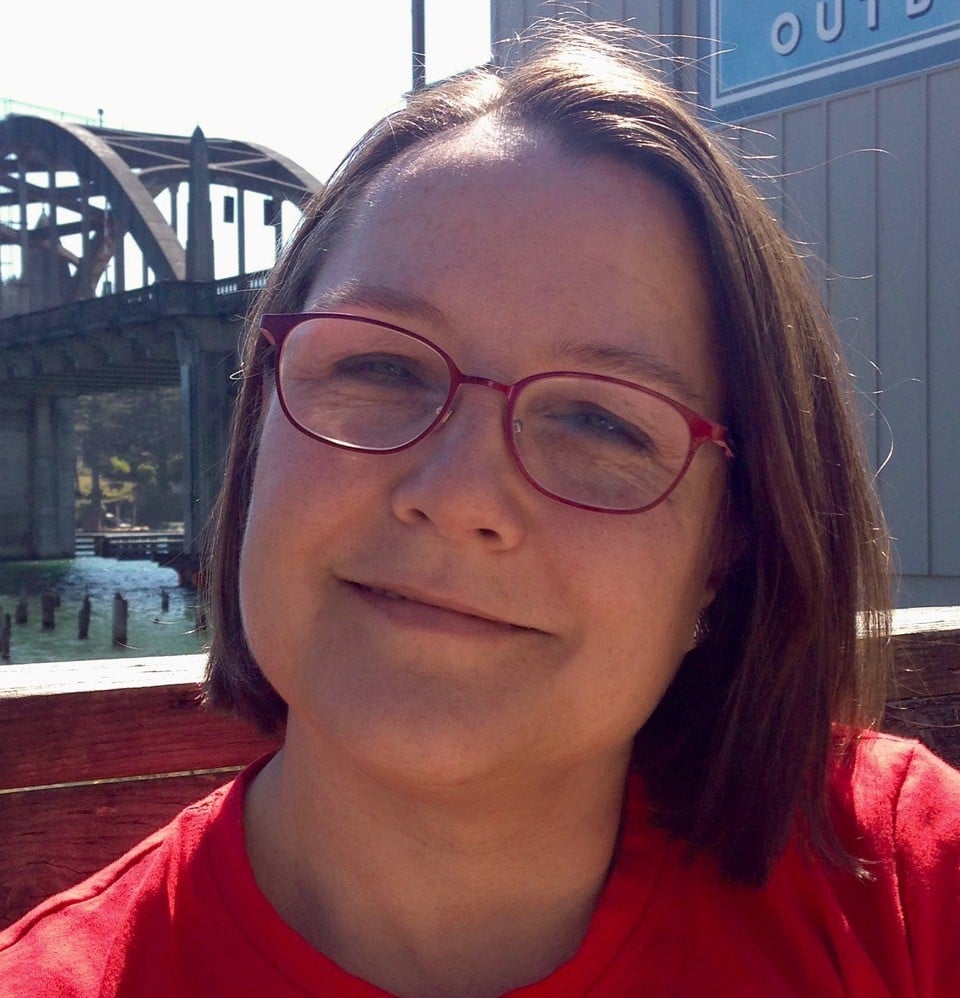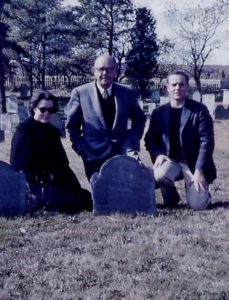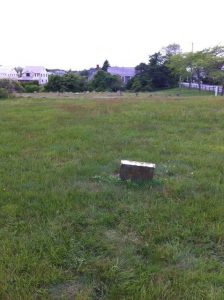We’ve just been through Halloween, All Souls Day, and Dia de los Muertos, when society in general gives thought to skeletons, graveyards, and spirits of the departed. But whereas most folks have now packed away their plastic tombstones and ghost lights, we genealogists continue to haunt cemeteries in search of historic graves, and track down strangers whose living flesh matches that of our dead ancestors.
Long before the secrets of DNA were unlocked, humans have sensed the power in otherwise lifeless bones. Traditional Polynesian culture speaks of mana – spiritual energy – residing in bones, and relics have been treasured for centuries as a way of coming close to the holiness of Christian saints. Even elephants are known to caress the tusks and bones of their dead, somehow able to recognize the remains of elephants they’ve known in life.
We have a long tradition in America of setting aside places to remember the dead, but I wonder what genealogists will find in just a few generations. Where I live, cremation is the norm, and often people are stumped about what to do with the ashes. There are now many options besides burying them or placing them in a columbarium … and not all of them are even intentional.
I will confess to being old-fashioned; I really like the idea of having a place set apart where future generations ... can come and pay their respects.
In our previous hometown of Forest Grove, someone decided to cast cremains over a cemetery from an airplane, but misguidedly tossed the entire bag out; this ended up punching a hole through the roof of a neighboring house, scattering ashes throughout the attic! And in the case of my paternal grandmother, “her ashes became more ashes” (as my aunt put it) when my father’s house burned to the ground in the 1991 Oakland Hills fire.
I will confess to being old-fashioned; I really like the idea of having a place set apart where future generations (who knows how many?) can come and pay their respects. Just a few days ago, I saw a note written in a child’s hand, tucked into a plaque at a local church’s columbarium: “So sad I never got to meet you. Doesn’t mean I can’t love you!” I think the young writer eloquently summed up the cry of every genealogist’s heart, and I’m thankful she had a place to go where she could feel connected to this personally unknown but important individual in her life.
I treasure a picture of my grandfather, father, and aunt taken at the grave of our seventeenth-century progenitor on Martha’s Vineyard.[1] In turn, my husband and I visited the same grave – as well as those of other ancestors nearby – on Father’s Day 2013. What an amazing gift to celebrate the festival of fatherhood, surrounded by my distant male ancestors and knowing that my father and grandfather had also been there!
During that same trip, I visited the grave of my great-great-great-great-grandfather, Captain Levi Starbuck,[2] on the nearby island of Nantucket. His is one of only five with markers in the “orthodox” section of the Quaker Cemetery, and my husband likes to quip that “Levi is a man who stands alone in his field.” Over the past century and a half, the stone has tipped forward significantly, so that I had to lie prone on the ground in order to photograph its face. I was focused in the moment on the task at hand, but afterwards I realized that I had been lying just a few feet above the mortal remains of my ancestor. Several subsequent DNA matches with others in this line have caused me to look back at that encounter with awe, and I can imagine Levi saying: “This at last is bone of my bones and flesh of my flesh.”[3]
Notes
[1] Simon Athearn (c. 1642–1715).
[2] Levi Starbuck (1769–1849), son of Thomas Starbuck and Dinah Trott.
[3] Genesis 2:23a, English Standard Version of the Bible.
Share this:

About Pamela Athearn Filbert
Pamela Athearn Filbert was born in Berkeley, California, but considers herself a “native Oregonian born in exile,” since her maternal great-great-grandparents arrived via the Oregon Trail, and she herself moved to Oregon well before her second birthday. She met her husband (an actual native Oregonian whose parents lived two blocks from hers in Berkeley) in London, England. She holds a B.A. from the University of Oregon, and has worked as a newsletter and book editor in New York City and Salem, Oregon; she was most recently the college and career program coordinator at her local high school.View all posts by Pamela Athearn Filbert →

